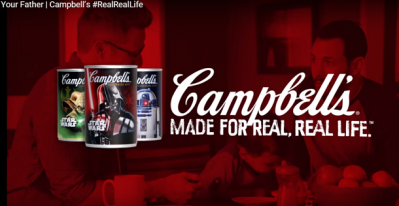Growth of global food sales slows to 10-year low, but hot spots could turn around trend, Euromonitor data shows

Using data for all food categories now available for 2016, the market research company reveals the industrywide slowdown that began between 2013 and 2014 continued this year, but may change course in 2017.
Specifically, it found year-over-year growth globally fell to 1.1% in 2016 compared to 1.5% last year, 2% in 2014 and 2.2% in 2013 compared to the previous years. But the industry’s fortunes could be about to change with Euromonitor predicting year over year growth in 2017 back at 2% from 2016. The upward movement should continue through 2020 when Euromontiro predicts growth of 2.3%.
The current slowdown and eventual uptick appear to be two sides of the same coin based on Euromonitor data, which show shifting consumer shopping patterns away from heavily processed and packaged products and towards healthier, fresher options.
For example, in the US, sales growth of high margin packaged products such as cereal, gum, rice, pasta and baby food are all slowing in the negative low to mid-single digits in 2016 compared to 2015. While fresher products, including yogurt and sour milk and baked goods are growing in the low single digits.
Three strategies for growth
To turn around the growth trend, industry players are adopting three basic strategies, Euromonitor analyst Lamine Lahovasnia notes in a recent blog post on the company’s website.
The first is to ride the ongoing health and wellness trend.
“This strategy generally requires investment, either in research and development or capital for acquisitions,” Lahovasnia writes.
One way this is playing out is with large CPG firms creating incubators and venture programs that allow them to foster and invest in nimble young companies at the forefront of the healthy eating movement. For example, Campbell Soup Co.’s $125 million venture capital fund launched early this year as a way to “more fully participate in the growth opportunities.”
Another example is Chobani’s new incubator designed to help entrepreneurs disrupt their markets with more nutritious options.
Snacks continue to surge
The second strategy spotted by Euromonitor is the ongoing snackification of food.
“Snacks have certainly been relatively immune to the low growth environment that afflicts the rest of packaged food and companies,” Lahovasnia writes.
Indeed, data show that savory snacks and sweet snacks & biscuits were two categories in the US that grew low single digits in 2016 over 2015 despite the overall downward move of the market.
Mergers aim to better position existing brands
The final strategy is a riff on the first, but with an eye toward developing existing brands through strategic mergers and acquisitions.
“The Kraft-Heinz merger being the best example of what that looks like,” Lahovasnia writes.
Other categories that represent bright spots in the current market with positive growth in 2016 include chocolate confections, some dairy (but notably not cheese), baked goods, and sauces and dressings, according to Euromonitor data.
The last is an interesting category because the sauce and condiment segment has traditionally been slow, but in recent years the category has been reinvigorated thanks in part to consumers' interest in ethnic cuisines. Bottled marinades, stir fry sauces and dressings are an easy way for shoppers to safely explore new flavors with little risk or effort.
















